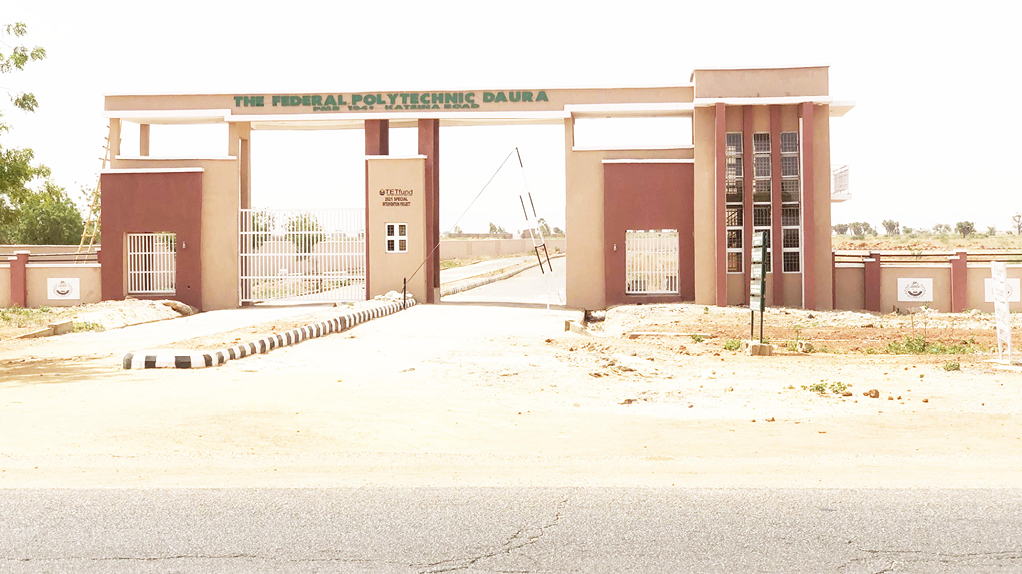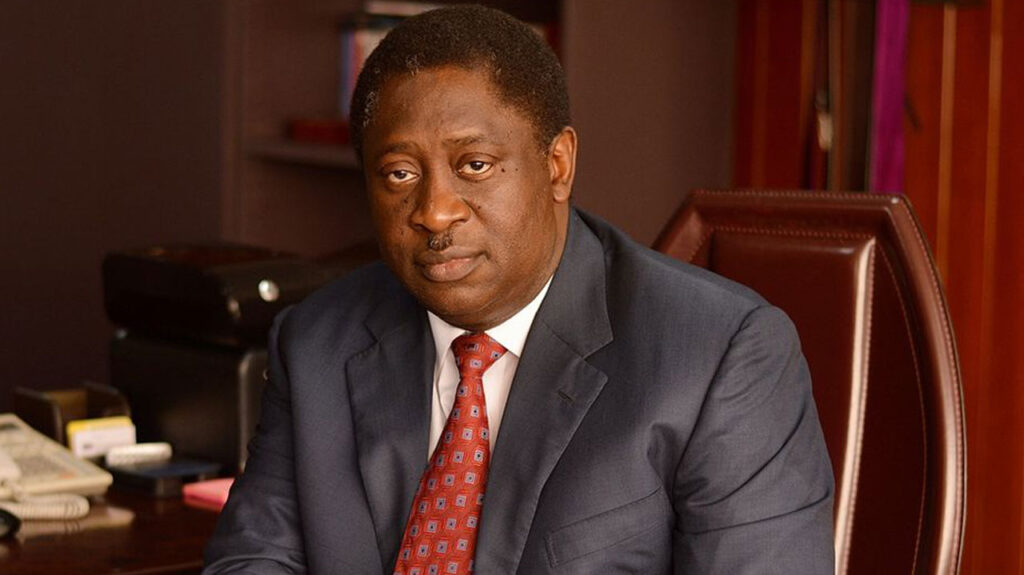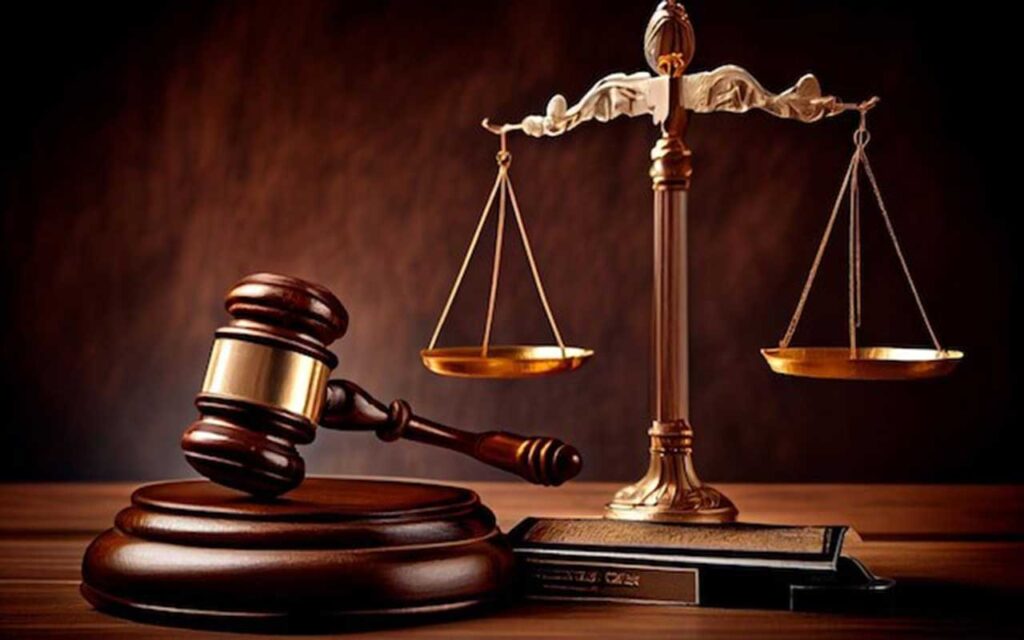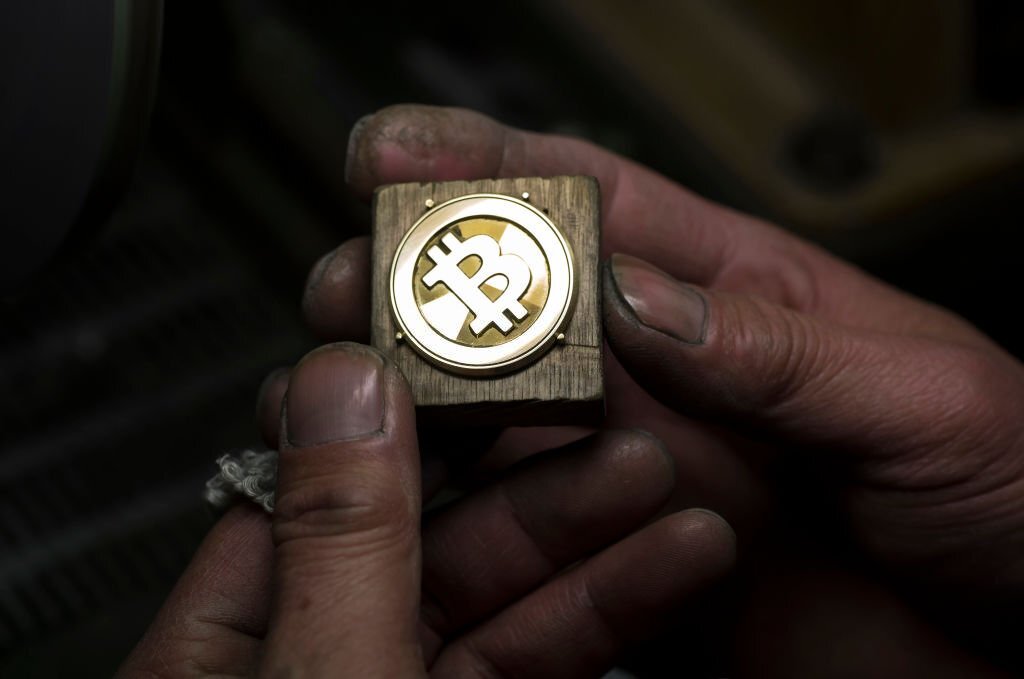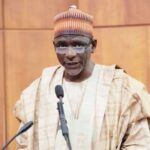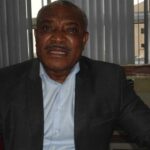
While in power, the former President, Muhammadu Buhari GCFR sited the following projects in Daura, his hometown in Katsina state. The Federal Polytechnic Daura, Airforce Reference Hospital, Daura, Women and Children Hospital, Daura, University of Transportation, Daura, Kano-Maradi rail line will pass through Daura, School for People with Special Needs, Daura, Nigeria Airforce Response Air Wing, Daura, Nigeria Army 171 Battalion Base, Daura and the Forwarding Operating Base, Daura, National Directorate of Employment Centre, Ganga, Daura, Upgrade and Expansion of Daura Mini-Stadium, Sustainable Development Goals Skills Acquisition Centre, Zango Road, Daura, Completion of the Sabke Dam, Daura supplies 1m litres of water to Daura and neighbouring communities, Several SDG School Projects in Daura, 73km 132KVA line from Katsina to Daura and two 30 and 40 MVA transformers to boost power supply, Dualization of the 72km Katsina-Daura road, 50 bed maternity Centre at the Daura General Hospital built under the name of the First Lady, Sir Emeka Offor E-Library, Daura, 400,000 litres capacity solar powered water system by NNPC and Belema oil in a joint venture with Jack-Rich Tein Foundation, NDE Cosmetology training and distribution of Cosmetology packs to 1000 women in Daura, 330KV /132KV power substation, Daura, among others.
He sited these projects in the spirit of nepotism. Since 1999, many of our governors have done the same. Former President Buhari GCFR did not take this action because he is a Fulani man. I know of many Fulanis both powerful and ordinary who do not practice the act of nepotism but who are fair, generous, considerate and objective. Former President Buhari did it because he is Muhammadu Buhari. He was not acting the script of any religion or tribe. No Nigerian leader has been worse in terms of nepotism than President Buhari. It is my hope that President Bola Ahmed Tinubu GCFR or any future Nigerian leader will not follow the path of General Buhari.
I am always guided by the conclusion of Mr Paul Kenyon, a BBC Correspondent, who wrote a book titled Dictatorland- The Men Who Stole Africa. In the book, he wrote on Nigeria, “this was a vast country of 200 million people, home to 300 tribes jigsawed together by British to create an artificial nation. To many of its inhabitants, Nigeria didn’t exist. There was no such country. The tribes themselves were the nations. The newly drawn borders were just an expression of imperialism. And now all these tribal groups, many of them hostile towards each other, were expected to govern themselves, peacefully and fairly, without the glue of national identity, in a federal republic.”
It should be the responsibility of our leaders to find that glue. It is important.
Every Nigerian leader must try to promote the Nigerian nationhood. We must all attempt to promote unity in all our actions. There is beauty in unity instead of divisiveness and the burden falls on our leaders to make unity and nationhood their watchwords. No leader must be allowed to promote ethnicity and division. It just does not pay.
Daura is a city of population with less than forty-five thousand people. I have visited Daura several times. It is a border post between Nigeria and Niger Republic. Daura is the spiritual home of the Hausa people. The emirate is referred to as one of the “seven true Hausa states” (Hausa Bakwai) because it was, (along with Biram, Kano, Katsina, Zazzau, Gobir, and Rano), ruled by the descendants of Bayajidda’s sons with Daurama and Magira (his first wife). The University of California’s African American Studies Department refers to Daura, as well as Katsina, as having been “ancient seats of Islamic culture and learning.
Most importantly Daura has the same identity with Gbadolite and Yamoussoukro. The three, are homes of former Presidents. I hope Daura will not share the same fate with Gbadolite and Yamoussoukro.
I felt sad after watching recently the documentaries on Gbadolite and Yamoussoukro. The two documentaries have been trending on YouTube. Yamoussoukro as of the 2014 census,is the fifth most populous city in Cote D’Ivoire, with a population of 355,573 inhabitants. Located 240 kilometers (150 mi) north-west of Abidjan, Yamoussoukro covers 3,500 square kilometers (1,400 sq mi) among rolling hills and plains.
Yamoussoukro became the legal capital of Cote D’Ivoire in 1983, although the former capital Abidjan retains several political functions. Prior to 2011, what is now the district of Yamoussoukro was part of Lacs Region. The district was created in 2011 and is split into the departments of Attiégouakro and Yamoussoukro. In total, the district contains 169 settlements. Yamoussoukro is a sub-prefecture in Yamoussoukro Department and is also a commune: since 2012, the city of Yamassoukro has been the sole commune in the autonomous district of Yamoussoukro.
In March 1983, President Houphouët-Boigny made Yamoussoukro the political and administrative capital of Cote D’Ivoire, as the city was his birthplace. This marked the fourth movement of the country’s capital city in a century. Cote D’Ivoire’s previous capital cities were Grand-Bassam (1893), Bingerville (1900), and Abidjan (1933). The majority of economic activity still takes place in Abidjan, and it is officially designated as the “economic capital” of the country. Félix Houphouët-Boigny (18 October 1905 – 7 December 1993), affectionately called Papa Houphouët or Le Vieux (“The Old One”), was the first president of Cote D’Ivoire (1960 to 1993), serving for more than three decades until his death.
Yamoussoukro is the site of the largest Christian church in the world: The Basilica of Our Lady of Peace, consecrated by Pope John Paul II on 10 September 1990. I visited Yamoussoukro twice, first in 1982 and later in 1986. When I watched the documentary on Yamoussoukro recently it brought me memories, especially the Presidential Palace now surrounded by the crocodile lake. At Present, judging by what I watched in the documentary, there are more than 3,000 crocodiles surrounding the Presidential palace today in Yamoussoukro. It is safe to conclude as of now; the glory of Yamoussoukro is gone.
In 1982, I accompanied Dr. Joseph Wayas, the Senate President between 1979 and 1983 to Gbadolite. The flight from Kinsasha to Gbadolite took us two hours. Kinsasha is a crowded city like Lagos.
Gbadolite is the capital of Nord-Ubangi Province in the Democratic Republic of the Congo. The town is located 12 kilometres (7.5 mi) south of the Ubangi River at the border to the Central African Republic and 1,150 kilometres (710 mi) northeast of the national capital Kinshasa. Gbadolite was the ancestral home and residence of Joseph-Désiré Mobutu, later self-styled as Mobutu Sese Seko where airport, colleges, malls, supermarkets and libraries were built by the President in a program of modernization. Gbadolite is where Mobutu led the summit that would produce the Gbadolite Declaration, a short lived ceasefire in the Angolan Civil War, in 1989.
Mobutu built Gbadolite into a luxurious town often nicknamed “Versailles of the Jungle”. He built a hydroelectric dam on the nearby Ubangi River in Mobayi Mbongo, an international airport, Gbadolite Airport, which could accommodate a Concorde, and three large palaces.
President Mobutu hosted us in Gbadolite. At that time, he built a soft drink factory in Gbadolite. Mobutu also built a nuclear bunker that could house more than 500 people and was the largest in Africa; this was the only nuclear bunker in Central Africa. The bunker was connected to the Ubangui River by a secret tunnel, giving access to the military harbour at the village of N’dangi.
Mobutu Sese Seko Kuku Ngbendu Wa Za Banga (born Joseph-Désiré Mobutu; 14 October 1930 – 7 September 1997) was the President of the Democratic Republic of the Congo from 1965 to 1971, and later Zaire from 1971 to 1997. He also served as Chairman of the Organisation of African Unity from 1967 to 1968. Mobutu was the object of a pervasive cult of personality. During his rule, he amassed a large personal fortune through economic exploitation and corruption, leading some to call his rule a “kleptocracy”. He presided over a period of widespread human rights violations. Under his rule, the nation also suffered from uncontrolled inflation, a large debt, and massive currency devaluations.
To be continued tomorrow.
Teniola, a retired Director at the Presidency, wrote from Lagos.

